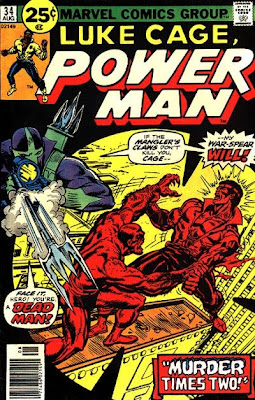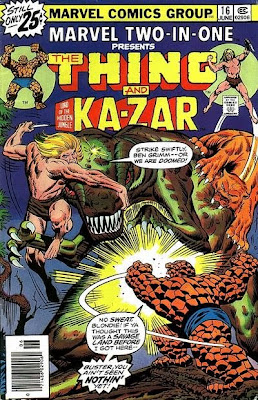 Mike Reid's Runaround. Watching it was always a traumatic experience for me as a kid. I lived in fear that one day I'd be forced to appear on it and be present on the afternoon when Mike Reid finally lost it and murdered one of the child contestants. Over the last few months, I've known a similar fear, a dread of winning a Kreativ Blogger award. The main dread being that, in accordance with its rules, I'd have to think of seven interesting facts about myself. I always knew I'd be struggling after three.
Mike Reid's Runaround. Watching it was always a traumatic experience for me as a kid. I lived in fear that one day I'd be forced to appear on it and be present on the afternoon when Mike Reid finally lost it and murdered one of the child contestants. Over the last few months, I've known a similar fear, a dread of winning a Kreativ Blogger award. The main dread being that, in accordance with its rules, I'd have to think of seven interesting facts about myself. I always knew I'd be struggling after three.Well, it's finally happened. Ol' Groove of Diversions of the Groovy Kind has nominated me for one and so now I must go through that terrible ordeal.
But first, it seems, under those rules, I have to post a copy of the Kreativ Blogger logo, which I've already done, and I also have to thank him for nominating me (thanks, Groove). I also have to provide a link to his site, which I've also just done.
OK, so let's see if I can think of seven interesting things to say about me.
1) I wrote the novels Danny Yates Must Die and Mr Landen Has No Brain, still available at all good online bookstores
2) As a child, I'd make paper cut-out super-heroes and keep them in my shoes in case I ever needed them. I never did.
3) I once saw the shadow of a ghost, while I was listening to an England match on the radio.
4) I play the ukulele but never use the fourth string, as I don't like how it sounds.
5) Right now, I seem unable to stop singing Germany's Eurovision winning song Satellite - and doing so in the appropriate Lena-esque accent.
6) I've never won anything in my life.
7) I was a mural designer for the city of Sheffield, for all of two months. No murals got designed.
That all done, it seems I have to nominate seven other Kreativ Bloggers, provide links to their sites and tip them off with a comment on each of their blogs in order to pass the whole thing on. So (apologies to anyone who's already had one), my nominations are:




















